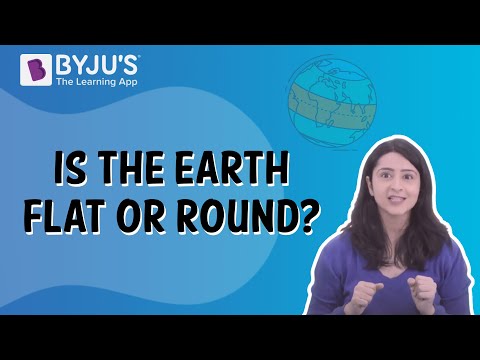A map is a visual representation of an entire area or a part of an area, typically represented on a flat surface. Maps represent various things, like political boundaries, physical features, roads, topography, population, climates, natural resources and economic activities. There are three components of Maps – distance, direction and symbol. Maps are classified according to scale, content, or derivation. The CBSE Class 6 Geography notes for Chapter 4 – Maps act as a revision guide, which prepares the student for the exam without stress and anxiety.
CBSE Notes Class 6 Geography Chapter 4 – Maps PDF
Overview
Map – A map is a representation or a drawing of the earth’s surface or a part of it drawn on a flat surface according to a scale.
Atlas – When many maps are put together, we get an Atlas. Atlases are of various sizes and measurements drawn on different scales.
They are of different types of maps. Some of them are described below.
Physical Maps
Maps showing natural features of the earth, such as mountains, plateaus, plains, rivers, oceans etc., are called physical or relief maps.
Political Maps
Maps showing cities, towns and villages, and different countries and states of the world with their boundaries are called political maps.
Thematic Maps
Some maps that focus on specific information; such as road maps, rainfall maps, and maps showing the distribution of forests, industries etc., are known as thematic maps.
There are three components of Maps – distance, direction and symbol.
Is the Earth Flat or Round?, watch the video below to get the Answer

Distance
Scale is the ratio between the actual distance on the ground and the distance shown on the map. Scale is very important on any map. If you know the scale, you will be able to calculate the distance between any two places on a map. When large areas like continents or countries are to be shown on paper, then we use a small scale. It is called a small-scale map. When a small area like your village or town is to be shown on paper, then we use a large scale that is 5 cm. It is called a large-scale map.
Direction
There are four major directions, North, South, East and West. They are called cardinal points. The other four intermediate directions are north-east (NE), southeast (SE), south-west (SW) and north-west (NW). We can find out the direction of a place with the help of a compass. It is an instrument used to find out the main directions. Its magnetic needle always points towards north-south direction.
Symbols
It is the third important component of a map. It is not possible to draw on a map the actual shape and size of different features such as buildings, roads, etc. So, they are shown by using certain letters, shades, colours, pictures and lines. These symbols give a lot of information in a limited space. Maps have a universal language that can be understood by all. There is an international agreement regarding the use of these symbols. These are called conventional symbols.
Various colours are used for the same purpose. For example, generally, blue is used for showing water bodies, brown for mountains, yellow for plateaus and green is used for plains.
Sketch
A sketch is a drawing mainly based on memory and spot observation and not to scale. Sometimes a rough drawing is required of an area to tell where a particular place is located with respect to other places. Such a rough drawing is drawn without scale and is called a sketch map.
Plan
A plan is a drawing of a small area on a large scale. A large-scale map gives a lot of information, but there are certain things which we may sometimes want to know, for example, the length and breadth of a room, which can’t be shown on a map. At that time, we can refer to drawings drawn to a scale called a plan.
Frequently Asked Questions on CBSE Class 6 Geography Notes Chapter 4 Maps
What is a thematic map?
A thematic map is also called a special-purpose, single-topic or statistical map.
What are the uses of maps?
1. General reference 2. Topographical 3. Navigational uses
What are the uses of maps?
1. Organisation 2. Analyse results 3. Better teamwork 4. Provides guidelines
Comments